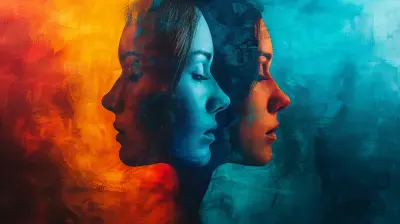The Social Construction of Reality: How We Create Shared Meaning
12 June 2025
Ever wonder why certain things just “make sense” to us as a society? Think about money, marriage, or even the concept of time. These are all ideas we treat as if they’re natural or objective truths. But are they really? The truth is, a lot of what we take for granted as “reality” is actually built—and agreed upon—by people. Welcome to the fascinating world of the social construction of reality.
In this article, we’ll break down what this concept really means, how it works, and why it’s such a big deal in psychology and sociology. So grab a cup of coffee, because we’re about to dive deep into how we, as humans, create shared meaning.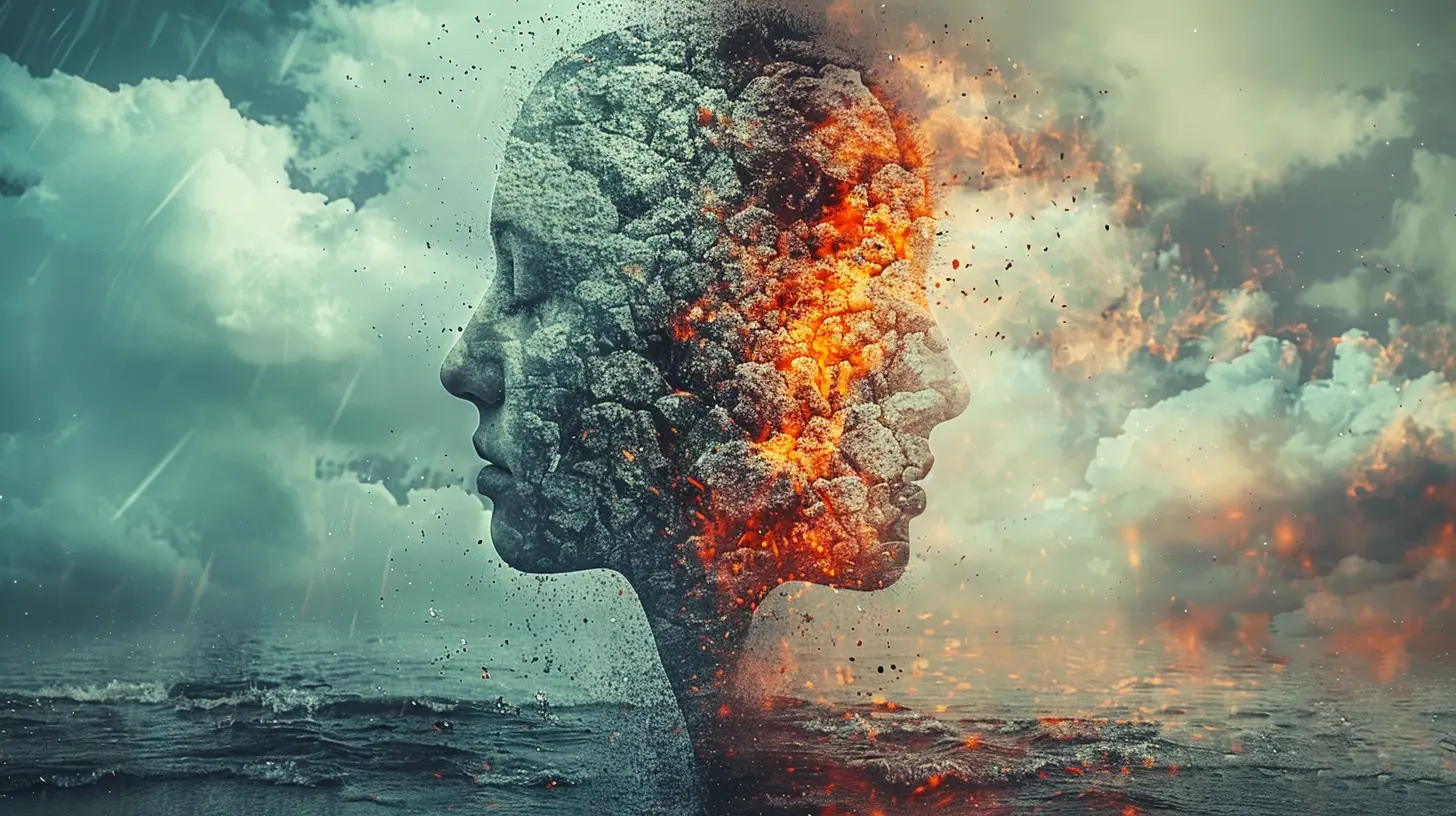
What Is the Social Construction of Reality?
Let’s start with the basics. The social construction of reality is a theory that explains how people collectively develop an understanding of the world around them. It’s not about what's objectively real, but about how we define reality through social interactions and shared beliefs.In plain English? It’s the idea that what we think is “real” is often just a shared story we’ve all agreed to believe.
This concept was first popularized by sociologists Peter L. Berger and Thomas Luckmann in their 1966 book The Social Construction of Reality. They argued that our beliefs, norms, and institutions are not just reflections of the world—they’re built by us.
Real Life Examples
- Money: Think about it. A $100 bill is just paper and ink. But because we all agree it has value, it does have value.- Marriage: It's not just about love or companionship. In most societies, it’s a legal contract, a religious ceremony, and a social expectation—all rolled into one.
- Gender Roles: Ideas of masculinity and femininity vary across cultures and change over time. That’s not biology talking; that’s society constructing meaning.
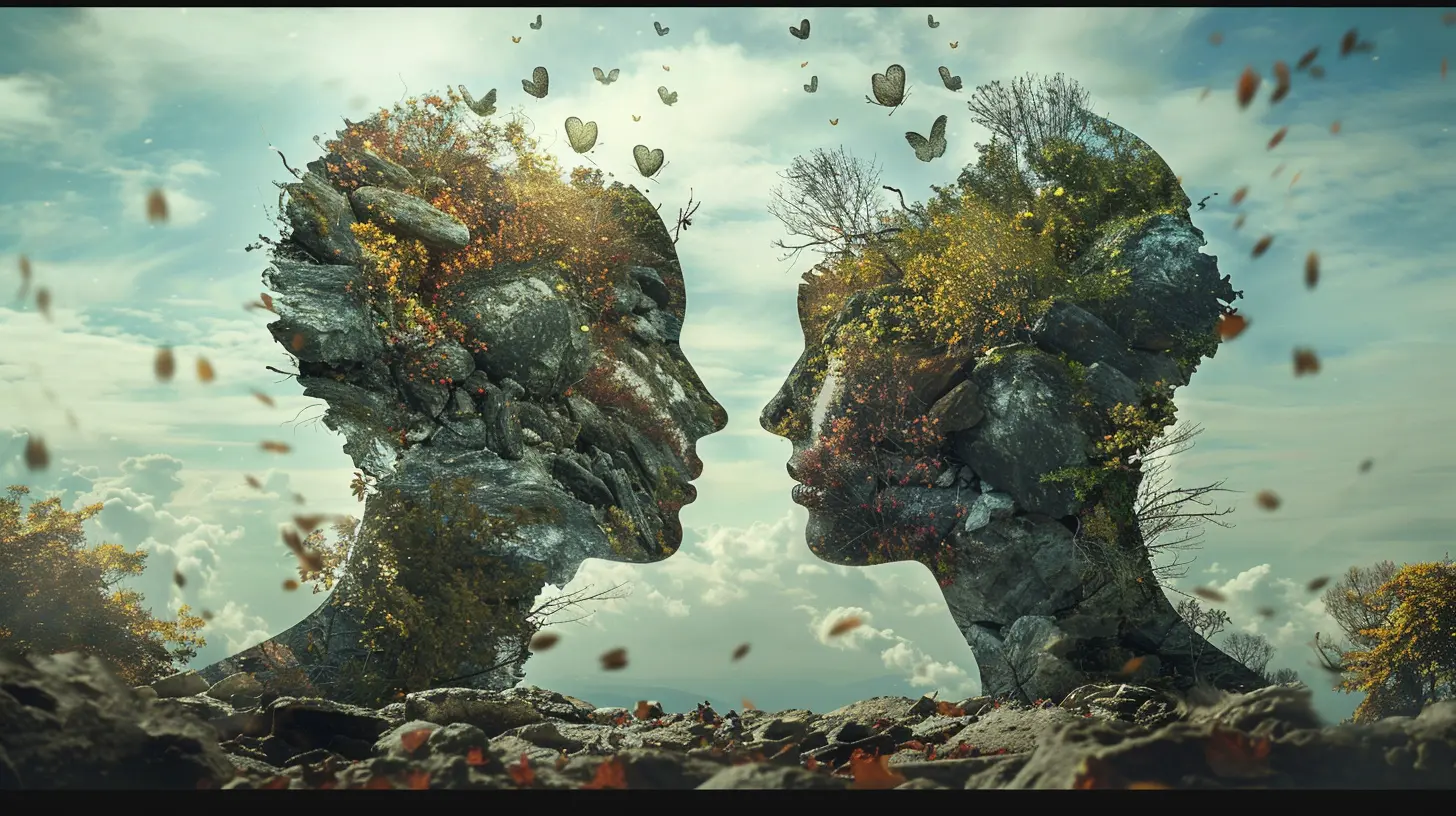
How Do We Actually Construct Reality?
We’re not just born into the world; we learn how to understand it. And we do that through three main processes:1. Externalization
This is where it all begins. Humans create cultural products—languages, symbols, institutions. We externalize our thoughts and behaviors into the world. Think of it like putting your thoughts on a big whiteboard for everyone to see.Let’s say someone creates a law. That’s an act of externalizing a belief about what’s right or wrong.
2. Objectivation
Now things start to get more “real.” After these ideas or practices are created, they begin to exist outside of us—as if they’re objective facts. People eventually stop questioning where they came from and just accept them as “the way things are.”Ever hear someone say, “That’s just the way it’s always been”? That’s objectivation in action.
3. Internalization
Finally, we take these external, supposedly “objective” realities and internalize them. We grow up learning what’s normal, what’s expected, and what’s real—based on the societal norms around us.This is how kids learn gender roles, cultural customs, or language. They’re not born knowing these things. They absorb them from parents, teachers, media, and peers.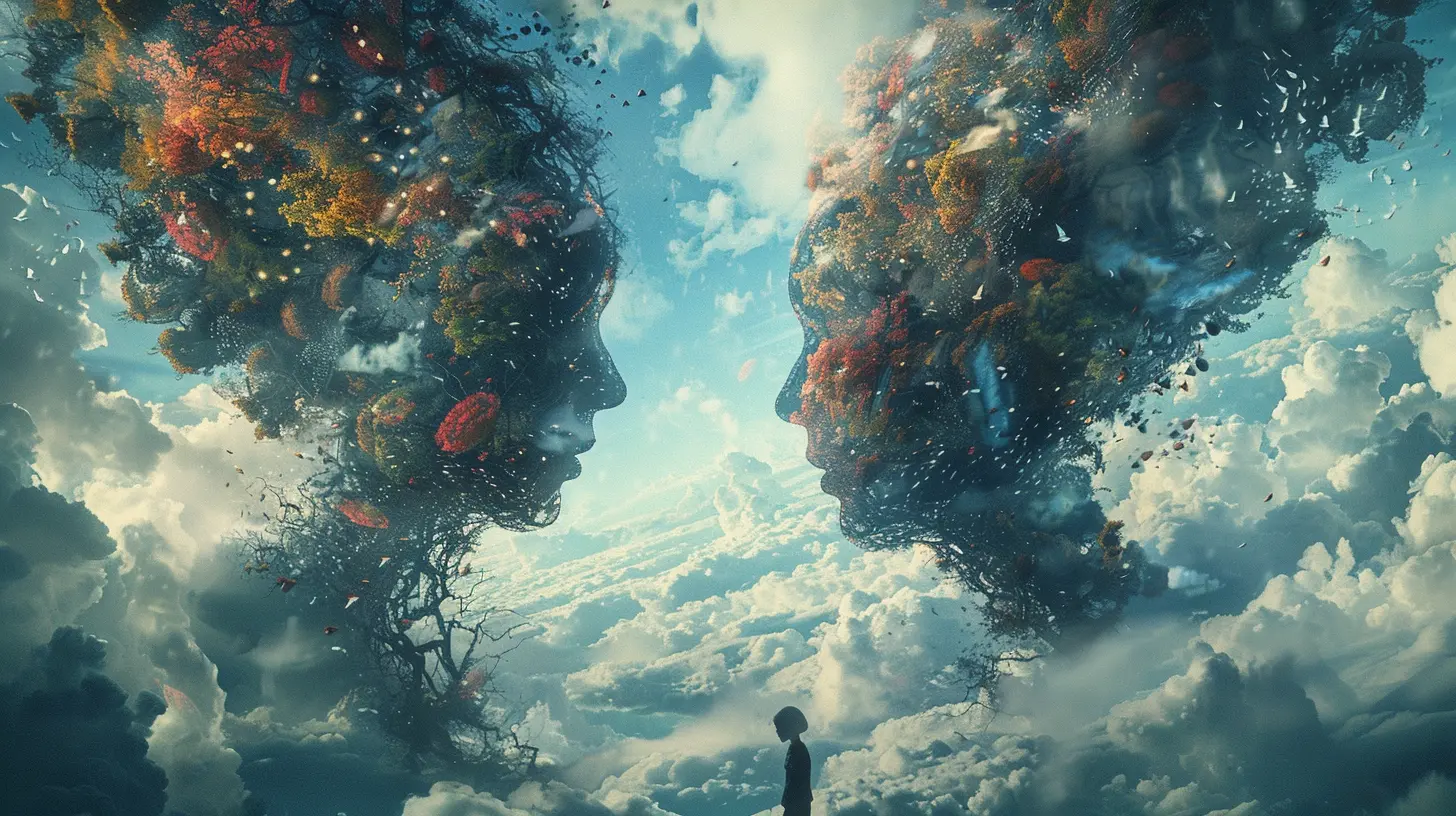
Why Does This Matter?
You might be thinking, “Cool theory, but why should I care?” Well, understanding the social construction of reality can actually shift the way you see the world.It Challenges “Common Sense”
So many things we take for granted—like what’s considered "normal" or "natural"—are actually social agreements. That doesn’t mean they’re meaningless, but it does mean we can question them, change them, or even dismantle them if they’re harmful.It Promotes Empathy
Knowing that different people and cultures build different versions of reality helps us become less judgmental. What seems bizarre in one society might be totally logical in another.It Helps Explain Social Change
Slavery used to be a “normal” institution. So did denying women the right to vote. These weren’t just overturned overnight—but they changed because people began challenging the social constructions behind them.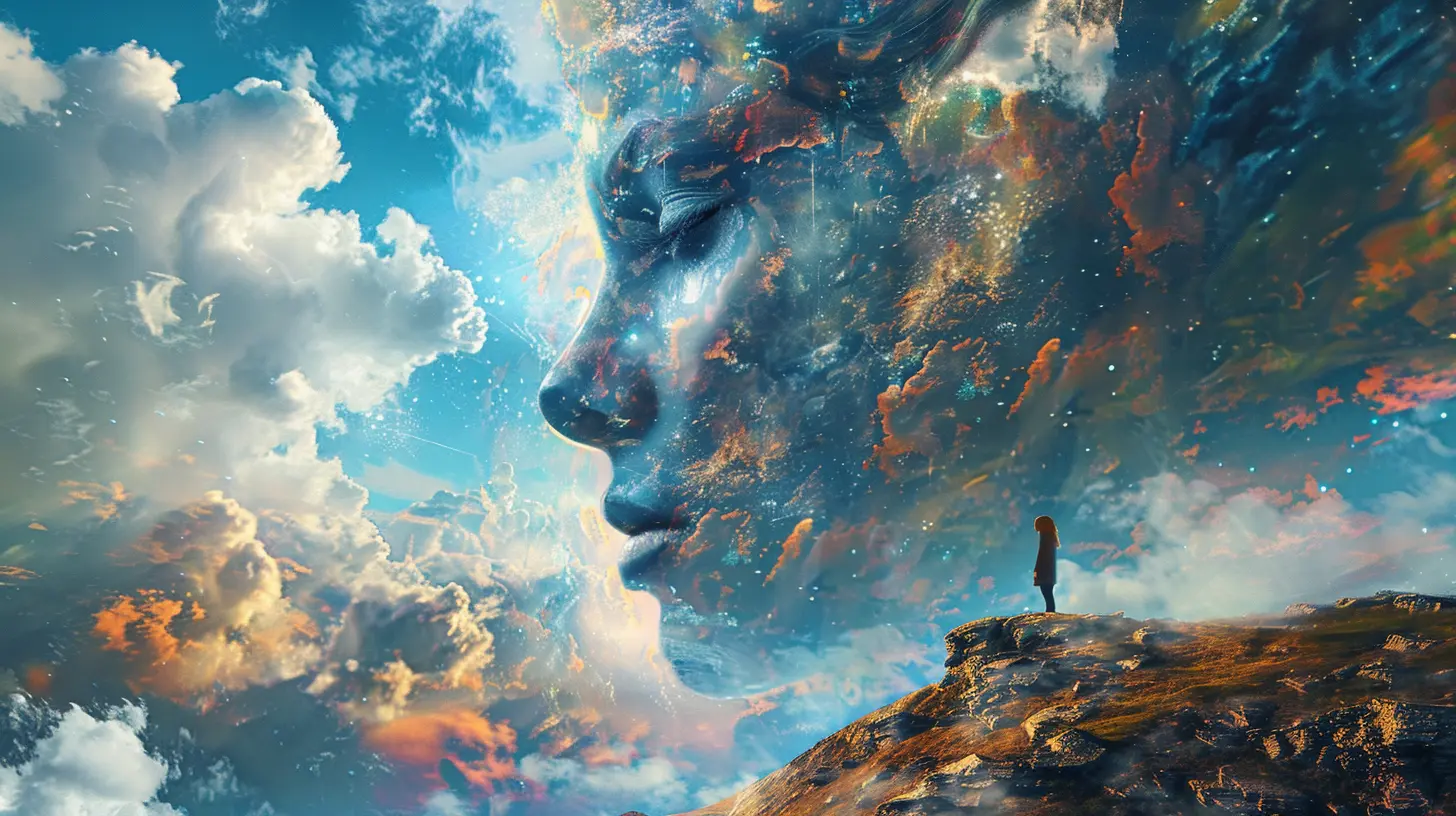
The Role of Language in Creating Reality
Let’s talk about language, because it’s one of the biggest tools we use to build shared meaning.Language doesn’t just reflect reality—it creates it. The words we use shape how we think about the world.
Consider These Examples:
- If we call someone a “criminal,” we’re labeling them in a way that can impact their identity and how others treat them.- The term “illegal immigrant” builds a very different mental image than “undocumented worker.”
By controlling language, we also control perception—and ultimately, behavior.
Media and the Construction of Reality
Ever heard the phrase “perception is reality”? The media is incredibly powerful in shaping that perception.From movies and news reports to TikTok trends and viral tweets, the stories we consume influence what we believe is true, possible, or desirable.
Think about crime coverage—if we constantly hear about violent crimes, we might think the world is more dangerous than it really is. That’s not just fear talking; that’s constructed reality in action.
Institutions as Reality Factories
Institutions like schools, governments, and religions play a big role in reinforcing shared meanings. They create rules, enforce norms, and punish deviations.Education
Kids are taught not just subjects, but also values—what success means, how to behave, what to believe. That’s not accidental. That’s reality being constructed through curricula and classroom behavior.Government
Laws tell us what’s right and wrong, legal or illegal. But remember—laws change. What was once criminal can become normal (think cannabis legalization).Religion
Different religions offer different versions of the world—with unique values, moral codes, and rituals. Each provides a framework for understanding life, death, and everything in between.Can We Change Our Reality?
Absolutely! That’s both the beauty and the chaos of socially constructed reality. Because if we created it, we can also recreate it.Activism and Social Movements
Movements like feminism, civil rights, or LGBTQ+ rights questioned the “common sense” of their time. They challenged what people thought was normal—and eventually changed it.These shifts didn’t come easy. But they prove that reality is not set in stone; it’s flexible, moldable, and up for debate.
Personal Transformation
You can even reconstruct your own personal reality. That’s the basis of cognitive-behavioral therapy (CBT). By changing the way you think and talk about yourself, you can change your emotional and psychological experience.The Dark Side of Constructed Realities
While this idea is empowering, it also comes with some warnings.Propaganda and Disinformation
If reality is socially shaped, it can be manipulated. Think fake news, conspiracy theories, and deepfake videos. These tools can create false realities that influence real-world actions.Systemic Injustice
Racism, sexism, and other forms of discrimination are built into the societal structures and reinforced over generations. These aren’t just personal attitudes—they’re baked into the very way society operates.So...What Now?
Understanding the social construction of reality is like getting your hands on the instruction manual for human society. It helps you spot the puppet strings, ask better questions, and maybe even cut a few strings of your own.Here’s the kicker: there’s no one “true” reality. There are just a bunch of overlapping, competing versions of it. And we get to decide which ones we want to hold onto—and which ones we’re ready to rewrite.
So, next time someone says, “That’s just the way it is,” go ahead and ask: “Says who?”
Final Thoughts
The social construction of reality isn’t just some abstract academic idea. It’s happening all around you, all the time. From the language you use to the stories the media tells, to the things you were taught growing up—it all shapes your understanding of what’s real.And the best part? Once you see it, you can’t unsee it. You're no longer just a passive receiver of reality—you become its co-creator.
So go ahead. Question the rules. Rewrite the script. Reality is what we make it.
all images in this post were generated using AI tools
Category:
Social PsychologyAuthor:

Jenna Richardson
Discussion
rate this article
2 comments
Thaddeus McGlynn
Insightful perspective on shared meanings!
June 13, 2025 at 3:23 AM

Jenna Richardson
Thank you! I'm glad you found it insightful!
Thea Willis
What a fascinating exploration of how we shape our understanding of reality! It’s incredible to see how our interactions and shared experiences form the foundation of meaning in our lives. This article really highlights the power of community in shaping our perceptions. Thank you for sharing!
June 12, 2025 at 2:35 AM

Jenna Richardson
Thank you for your thoughtful comment! I'm glad you found the article meaningful and appreciated the role of community in shaping our perceptions.


